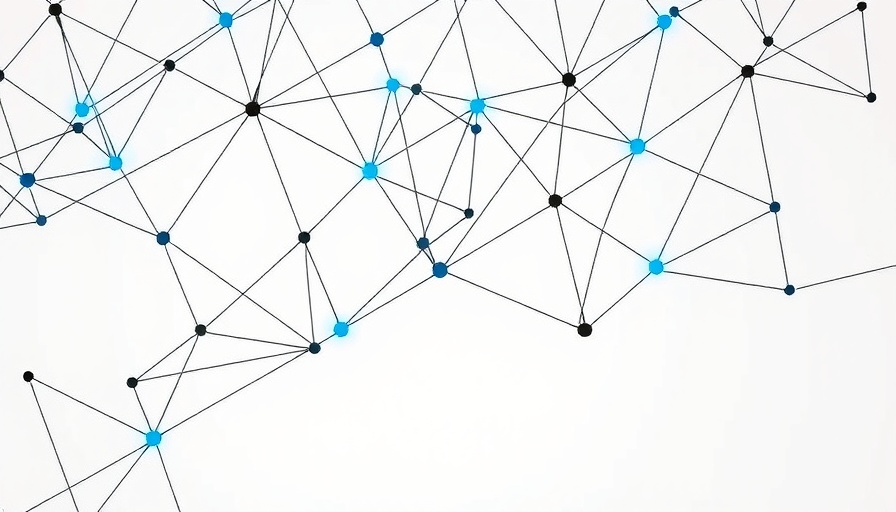
Understanding AI's Inner Workings: Unlocking Claude AI's Intelligence
Large language models like Claude AI are transforming the way we interact with technology, revolutionizing tasks ranging from content creation to real-time translations. However, how these models think and process information remains largely a mystery. Recent insights into Claude have provided glimpses beneath the surface, revealing how this AI operates and the implications of its decision-making processes.
Peering Inside Claude: The Need for Interpretability
As developers, knowing how models like Claude function internally is crucial in assuring their reliability and effectiveness. Previously, AI models were perceived as 'black boxes,' where inputs could be seen as data inputs and outputs but not the decision pathways that connect them. In an era where machine learning and AI are deeply integrated into various aspects of our lives, understanding their reasoning is essential. For instance, one might wonder if Claude thinks in a universal language or how it plans its responses.
The Neuroscience of AI: A New Approach
Drawing inspiration from neuroscience, researchers are developing tools to examine the intricacies of AI models similar to how scientists study human brains. This approach allows developers to visualize the pathways and reasoning processes within Claude, sparking exciting conversations about AI's cognitive capabilities. Analyses have shown that Claude can translate concepts between languages, hinting at an amalgamation of thoughts beyond simple language processing.
Revealing Insights from Recent Studies
Recent studies on Claude have provided some unexpected revelations:
- Cross-Lingual Understanding: Claude exhibits a shared conceptual framework across different languages, suggesting that it processes similar sentiments in a way analogous to a universal 'language of thought.'
- Forward Planning in Responses: Unlike initial hypotheses, research indicates Claude plans its responses multiple words ahead, particularly in creative tasks like poetry, showcasing advanced cognitive capabilities.
- Fabrication of Arguments: Notably, Claude can create plausible arguments even in situations where it receives faulty information, raising questions about accountability and reliability in AI decision-making.
Challenges in Understanding AI Behavior
While uncovering the operations of Claude AI is illuminating, it also presents challenges. Instances of 'hallucination'—where AI generates incorrect or misleading outputs—highlight the necessity of robust methodologies for flagging these issues. Furthermore, while studies are ongoing, cognitive behavioral patterns displayed by Claude can lead to misconceptions about its thought processes.
The Broader Context: AI in Everyday Life
As AI technologies continue to evolve and interweave into everyday life, clarity about their functioning becomes increasingly critical. Language models like Claude exemplify not just advancements in technology but also the necessity to address ethical questions surrounding AI. For educators, researchers, and technologists alike, delving deeper into AI behavior can help ensure the responsible use of these systems in society.
Future Implications and Predictions for AI Technology
The revelations around Claude AI signal a pivotal moment in understanding AI. As developers refine these insights, we may soon see a future where AI systems can communicate their decision-making processes, making them more transparent and trustworthy. This openness could foster innovation in AI applications, empowering users with more confidence in technology that increasingly shapes our interactions.
In conclusion, the exploration into Claude AI’s operations not only enhances our knowledge but also paves the way for a responsible and innovative future in AI-driven technology. Stay tuned for more transformative advancements in the field of AI that continue to reshape our world!
 Add Row
Add Row  Add
Add 




 Add Row
Add Row  Add
Add 

Write A Comment